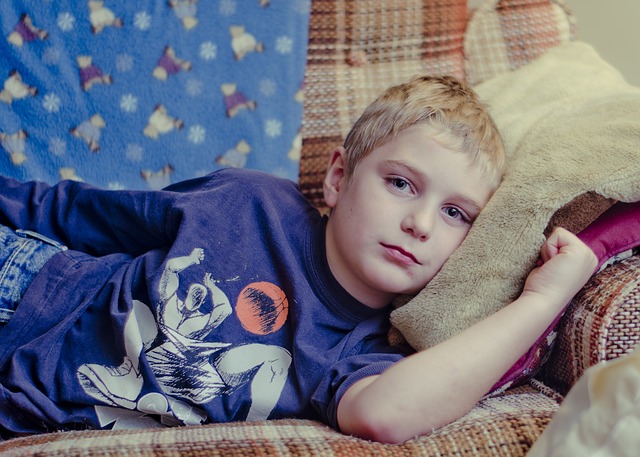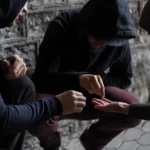
Image Source: Pixabay
Children look up to parents, so it’s no wonder that a parent’s reaction to an injury can worsen or lessen the child’s own reaction. Most kids are going to be injured at some point during their childhood and 25%-40% will experience growing pains. A parent that is unnecessarily anxious is less likely to support their child and, as a result, the child’s ability to cope will decrease too.
Growing pains are neuralgic pains which occur in the limbs. They are a normal occurrence in growing children and as a parent, you will need to help your child through these pains. It helps to know what they are, how they manifest, how to treat them and how to help your child to deal with them.
Continue reading for some useful parenting advice on how to recognize growing pains and how best to help your child cope with them.
Recognizing Growing Pains
Growing pains are located in muscles rather than in joints. They are most common in early childhood among 3 to 5-year-olds and later in 8 to 12-year-olds. These are periods when big growth spurts happen. There is no difference between genders, both girls and boys are affected equally. Growing pains often occur in the late afternoon or early evening hours, however, it’s not uncommon for a child to be woken up by growing pains during the night.
The pain is usually located in the calf, behind the knee, in front of the thigh, and occasionally in the arms too. Growing pains affect both limbs at once so if your child is complaining of pain in only one limb you should visit a doctor. Some children also experience headaches together with growing pains. The pains can come and go, a child may feel it for a day and not have symptoms again for weeks. Even though the child is in pain, no damage is happening to bones or muscles.
If the pain is located in one particular area or joint, lasts for a long time, appears in the morning, is a product of an injury or if your child limps, has a fever or loss of appetite, take him/her to the doctor as these are not growing pains symptoms. Growing pains will not affect the child’s ability to walk, run or do exercises. The pain doesn’t get worse after exercising and muscles aren’t sore when touched. Don’t just self-diagnose, always see a doctor be sure that there is no other cause of pain.
Treatment
Treatment of growing pains will depend on how much pain the child is experiencing, but some things you can do to help with the pain include giving plenty of cuddles and reassurance that they are going to be alright. You can also use heat therapy like warm baths, applying heat packs or even a warm cloth. Try stretching the muscles and in fact, massaging the affected area alleviates some of the pain. Using scented oils can help the child to feel more relaxed and therefore be better able to deal with the pain.
Building Resilience
Growing pains can last for quite a long period of time and be quite hard to endure. Although you may feel helpless, in any challenge lies an opportunity. Kids with growing pains enjoy cuddles, being held, and cuddles and while going through this experience, your child will need you and you can build a stronger relationship with him or her.
When they are feeling well, you can use it as an opportunity to talk to them about how to handle difficult situations in life, such as this one. This can be a great place to talk to them how to approach a problem, how to deal with a pain both physical and emotional, and how to find ways to resolve it.
Growing Through Growing Pains
Like most unpleasant experiences, growing pains are a fact of life. It’s not easy to watch your child suffer in pain, but you can support him/her along the way. Be there for when you are needed but allow them the chance to comfort themselves too. Help your child to grow through growing pains. By becoming more resilient, if they see a challenge, they won’t fear it. They’ll know that they can find support in you if needed, but they can also rely on themselves to get through the inevitable tough times in life.
About The Author:
Caitlyn Bell is an Arts student whose experiences in life make her really tougher than anyone else. She can lend you expert tips on diverse topics ranging from relationship to fashion, survival tips, making money, health and so on. Her write-ups are a window into her thoughts and knowledge.

![[Infographic] Helping Your Child Understand The Importance Of Community Encouraging-community-involvement-in-children](https://www.safeandhealthylife.com/wp-content/uploads/2023/10/Encouraging-community-involvement-in-children-2-150x150.webp)

![[Infographic] Fostering Emotional Intelligence in Children Through Parental Self-Understanding Emotional Intelligence in Children](https://www.safeandhealthylife.com/wp-content/uploads/2023/10/Emotional-Intelligence-in-Children-150x150.webp)
